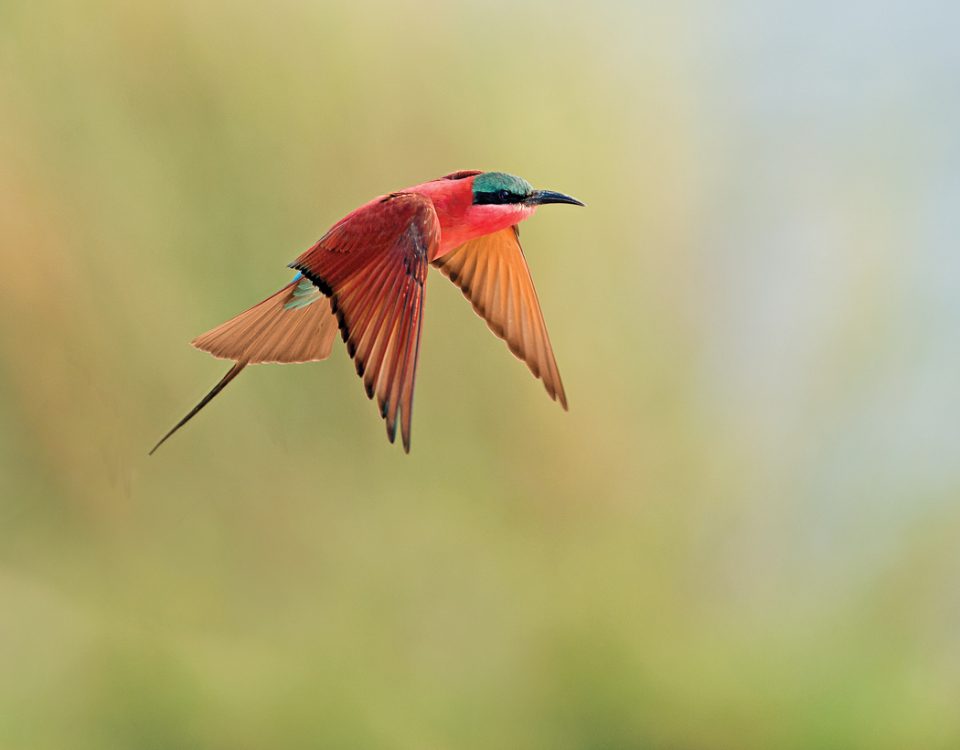Stories in stone: Namibia’s true national archives
July 6, 2012Zero Emissions Research Initiative: the art of clean manufacturing
July 6, 2012By Chamwe Kaira
What could we possibly learn from termites, those tiny insects known for their destruction of timber? Well, a research team studied termite mounds in Namibia in a project they say could lead to the building of more energy-efficient structures.
A multinational team of biologists and engineers from the USA, UK and Namibia has completed the first two phases of a three-year research project aimed at understanding the structure and function of the marvellous termite mounds found throughout Southern Africa. Over 10 researchers are working on the project with a budget of 500 000 British Pounds.
Termites produce a structure that takes care of the environmental needs of their colony and the fungus they cultivate for food, without resorting to electricity or any of the other forms of power humans need to regulate their buildings. “We hope to learn how they do this and that this knowledge will inspire energy-conscious buildings of the future,” says Dr Liam Harrington of the Wolfson School of Mechanical and Manufacturing Engineering at Loughborough University in the UK.
The project is based at the Omatjenne Research Station outside Otjiwarongo about 250 kilometres north of Windhoek. The research conducted at Omatjenne has shown that the termite-built towers, standing as high as five metres, are wind-driven machines that ventilate the termites’ colonies located deep underground. Each colony, which breathes at about the same rate as a cow, requires these massive structures to continually refresh the air in their subterranean nests.
Understanding how the minuscule termites build these structures is a mystery that the team of researchers hopes to unravel. Solving the mystery may enable engineers and architects to build more efficient and adaptable buildings that tap environmental energy, such as wind and solar power, for control of climate within living and work spaces. “We hope that lessons learnt will be applicable for buildings all over the world,” says Harrington.
The project has brought in expertise in construction engineering, basic physics, physiology, ecology and natural history. So far the work by the researchers has revealed amazing details of the architecture of the internal ventilation system within the termites’ mounds, and how its functioning might be customised and optimised for the inhabitants.
The researchers have also made discoveries in understanding how simple building behavioural patterns of termites working co-operatively can produce complex ventilation systems. New insights into how termites in arid savannahs cope with heat stress and scarcity of water have also emerged. After analysis of the information, future researchers will investigate particular aspects in greater depth.
The Omatjenne Research Station was chosen for a number of reasons, one being that the termites – Macrotermes michaelseni – that are the focus of the study are prevalent around the research station. The research station also has a number of boreholes in which the research team is able to extract water to mix with gypsum to fill the moulds.
“There have been other studies of termites, including some in Namibia, but this is the first project where researchers are attempting to capture the geometry of a whole mound accurately and to use it to produce computer models of gas transport and exchange in the mound,” says Harrington. After the three-year project, he says, research will continue at Loughborough University in energy-conscious building design and rapid manufacturing in the construction industry.
Ephemeral…elusive…edible…
Two highly sought-after forms of edible fungi found in Namibia are omajowa (singular ejowa), the Herero name for the large fleshy mushrooms that appear at the foot of termite hills shortly after the February rains, and the elusive Kalahari truffle found in the sandy eastern regions of the country.
The most surprising aspect of anthill mushrooms (Termitomyces schimperi) is their enormous size, as much as one kilogram. They are 25 cm or more in diameter, virtually the size of a large frying pan, and have substantial stem-like roots, up to 50 cm long. They can be fried in butter, made into soup or dried for later use, especially in stews. They taste a little like meat, possibly veal, especially when fried on an open fire. Animals are fond of them, particularly cattle. When removing the mushrooms it is important to leave one or two behind for the termites, to ensure that they grow again the following year.
This article appeared in the 2005/6 edition of Conservation and the Environment in Namibia.

